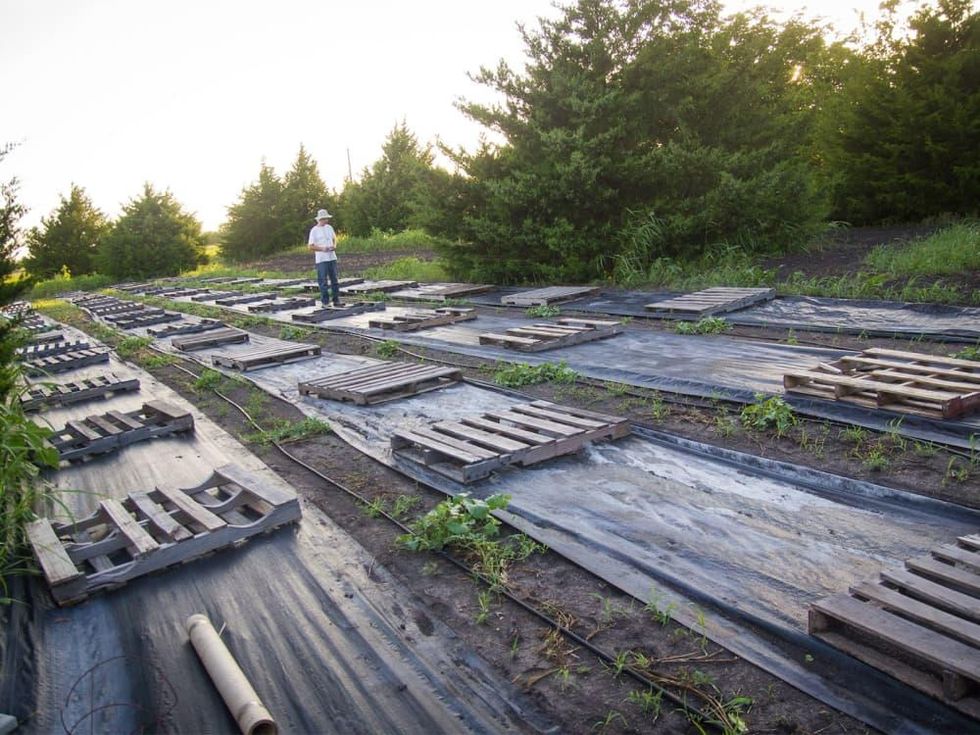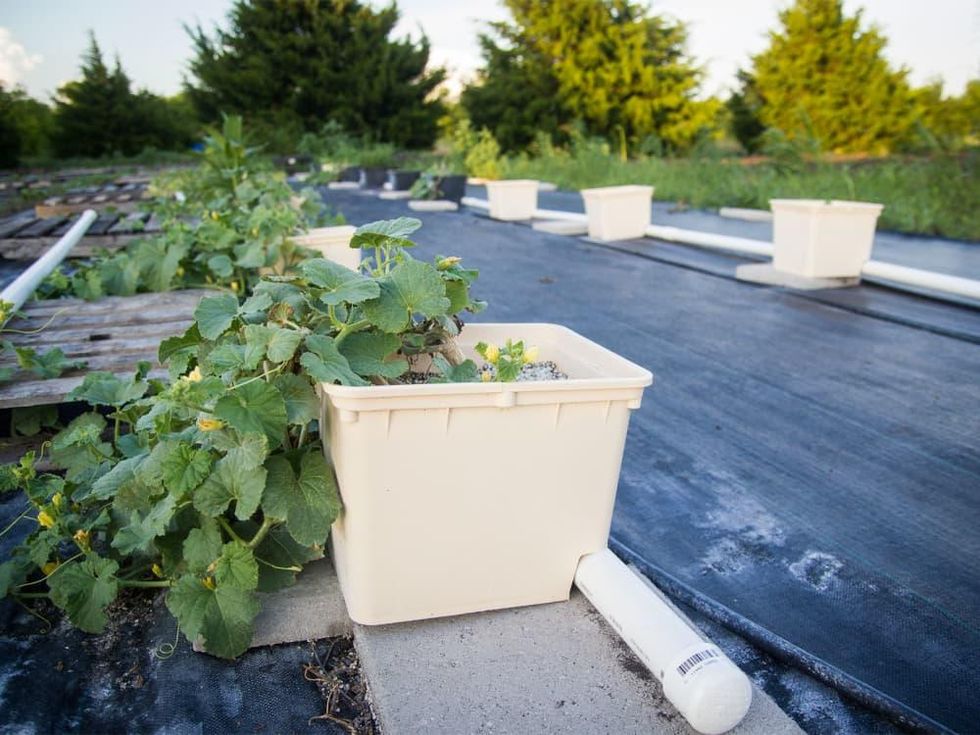The Farmer Diaries
Texas farmer dissects his obsession with Israeli melons
A friend recently told me, “You have a passion for melons.” We had been talking about Israeli melons — that I grow them because they’re sweeter than all others, how many I had planted in a field, how much I expected to earn for their sale, how difficult it is to describe their flavor, and how I wait all year for the two weeks I get to enjoy them.
Is that passion? I’ve known people with a passion, such as Jim Shermbeck, Rita Beving and Molly Rooke, among others, who’ve dedicated decades to fighting the pollution of our air and water to protect the natural environment.
I’ve met John Darling, who is committed to composting. He’s pushed UT Arlington to dispose of uneaten food, pruned tree branches and other organic matter that would have otherwise been trucked to a landfill. Instead of paying for disposal, the university is turning the material into valuable fertilizer for the campus’ landscaping and a nearby community garden.
There’s nothing wrong with lettuce. But it doesn’t excite me like melons do.
Kathy Rogers is devoted to birds, caring for all the wild egrets, eagles, hawks, owls and even grackles that are brought to her at Rogers Wildlife Rehabilitation Center. She turns no bird in need away, and makes do with a budget that doesn’t cover the expenses. It’s her passion; she finds a way.
My wife, Allee, has a passion for art. She’s content only when she makes progress every day toward getting her ideas out into the world. She never tires of it or finds something else that distracts her. The result is something beautiful every time, despite the fact that where she paints has no air conditioning or heating and is subject to the weather and invasion by our cats.
I really like melons and have since I was a child. I’d come home after school in the spring and sit with them, water them and watch them as they grew. They’re one of the first crops I tended when I returned to gardening after college, and I’ve been growing them ever since.
Sure, there have been setbacks, such as the record-breaking heat wave of 2011. Before that, I created a disaster of aphids when I tried to grow them in a compact way so that their vines would “carpet” the field, rather than spacing them far apart as recommended.
Most years I have been rewarded for my efforts. But this year looks like it will be a complete bust. Three months of flooding rainfall have stunted the hundreds of melon vines I have growing on about an acre of land.
Where 6-foot long vines should now be pregnant with hundreds of ripening melons, I see only small, dwarfed vines less than a foot long. They’ve not flowered or set fruit. They’re 3 months old, and that’s about their lifespan.
Of course, I could just buy a melon from the store, but it wouldn’t be one I grew.
I’ve determined they’re not going to yield anything, even though I have invested more time and effort into weed control this year than ever before, by laying out several hundred yards of weed suppression fabric and weighing it down with wooden pallets.
I had hope when a couple of melons turned ripe in one of my 20 Dutch buckets I’m trying out this year. These are my experiment in growing melons hydroponically. I’m searching out new ways to grow melons because I’m not sure that Texas will always have years of abundant rain.
The ripened fruit seemed all right on the outside, and it smelled fragrant and sweet. But when I cut into them and took a bite, they were bland.
My last shot at having a vine-ripe, fresh Israeli melon from my own garden this year may come from the seed I sowed after the rains ended. If these produce, I’ll have something to show for myself, maybe in September.
I’ve also contemplated growing melons in the winter, in a greenhouse with supplemental lighting. Melons produce long vines that make lighting them more difficult than, say, a head of lettuce. Perhaps the vines could be strung up a trellis, with long fluorescent tubes hung vertically to maximize the light hitting the leaves. They’d grow tall rather than sprawled out over the ground.
They’d need heat too. The summer heat is what makes them sweet. They’d need cycles of watering followed by drying at the roots to make the sugars form in the fruit.
Pollination in an insect-proof greenhouse in the middle of winter would be tricky. But maybe I could tear off the male blooms and use them to pollinate the female flowers.
Soon, my family may venture into commercial crop production in a growing facility that makes the weather a non-issue. If so, I’d start with lettuce as my main crop, but that would only be the means I’d use to fund a project where I can grow melons year-round.
There’s nothing wrong with lettuce. But it doesn’t excite me like melons do.
I’ve also begun to look forward to my 2016 melon crop. This year may turn out fruitless, but surely we’ll have better weather next. I could be sitting down to a perfectly sweet Israeli melon in about 13 months, which isn’t that far away.
Of course, I could just buy a melon from the store, but it wouldn’t be one I grew.
Do I have a “passion for melons”? I enjoy eating them and growing them, and I’d like to find a way to produce them year-round. I enjoy selling them too. It would give me great satisfaction to have a supply to deliver to a restaurant in January, as sweet and tender as their July counterparts.
Recent setbacks can’t take away my drive to produce melons, because I’m happiest when I’m growing them. Coming back from the field with a wheelbarrow full of ripe fruit gives me a feeling of accomplishment and purpose.
To know that others are enjoying these melons, and that I’ve grown them sustainably, makes me feel as if I’ve done something good. I have to grow melons. It’s just what I do.



